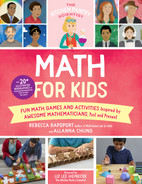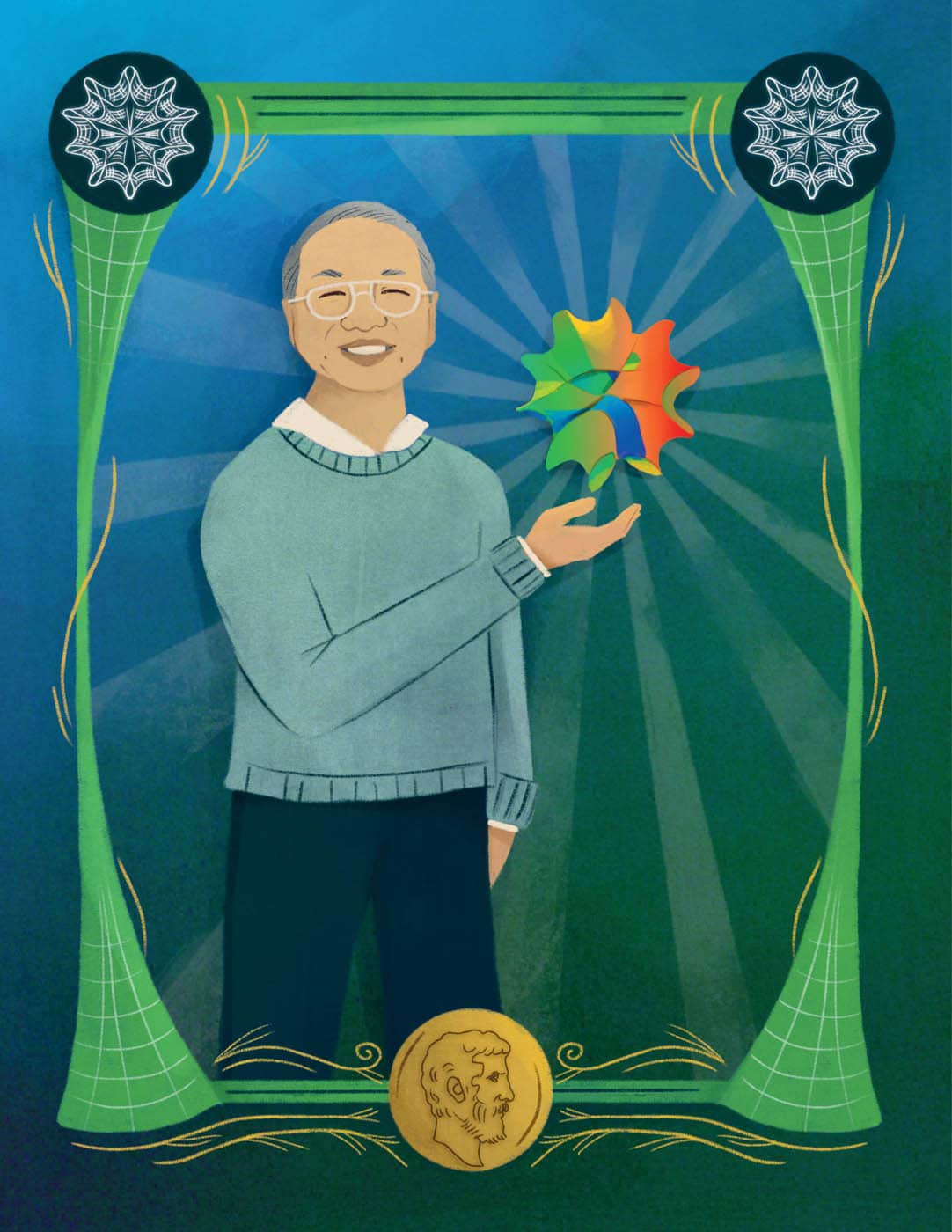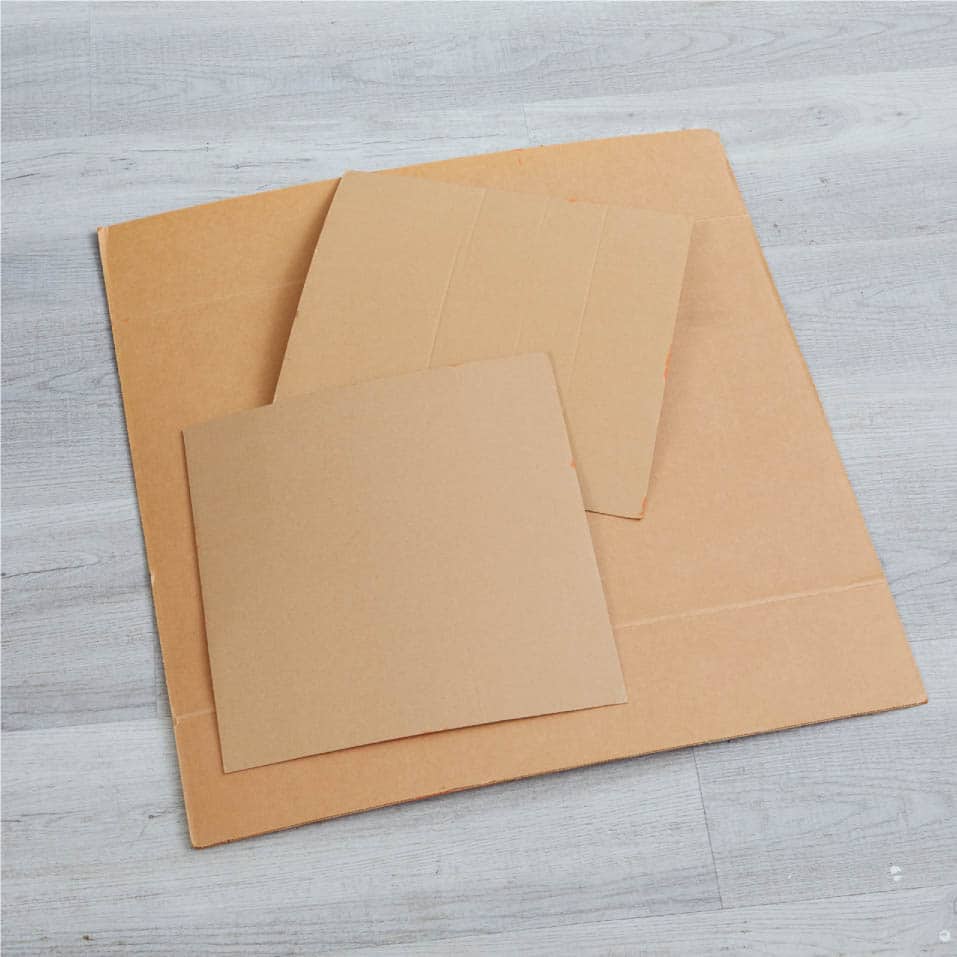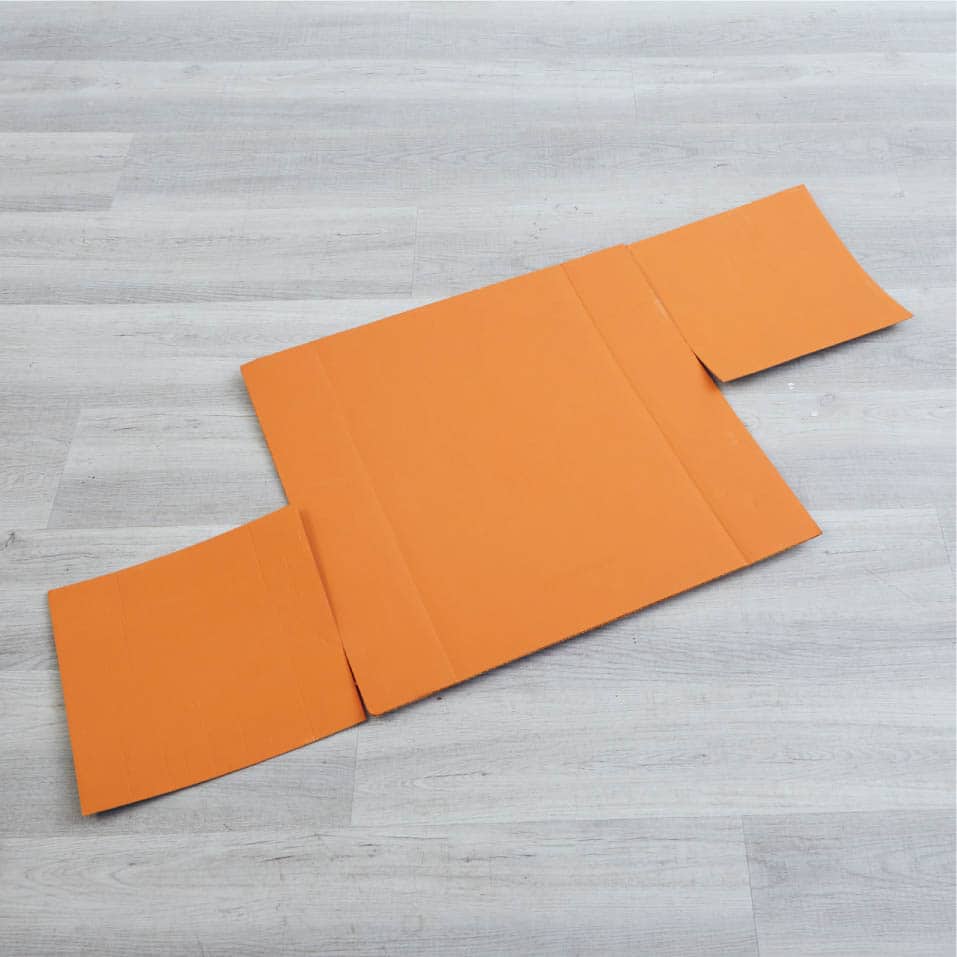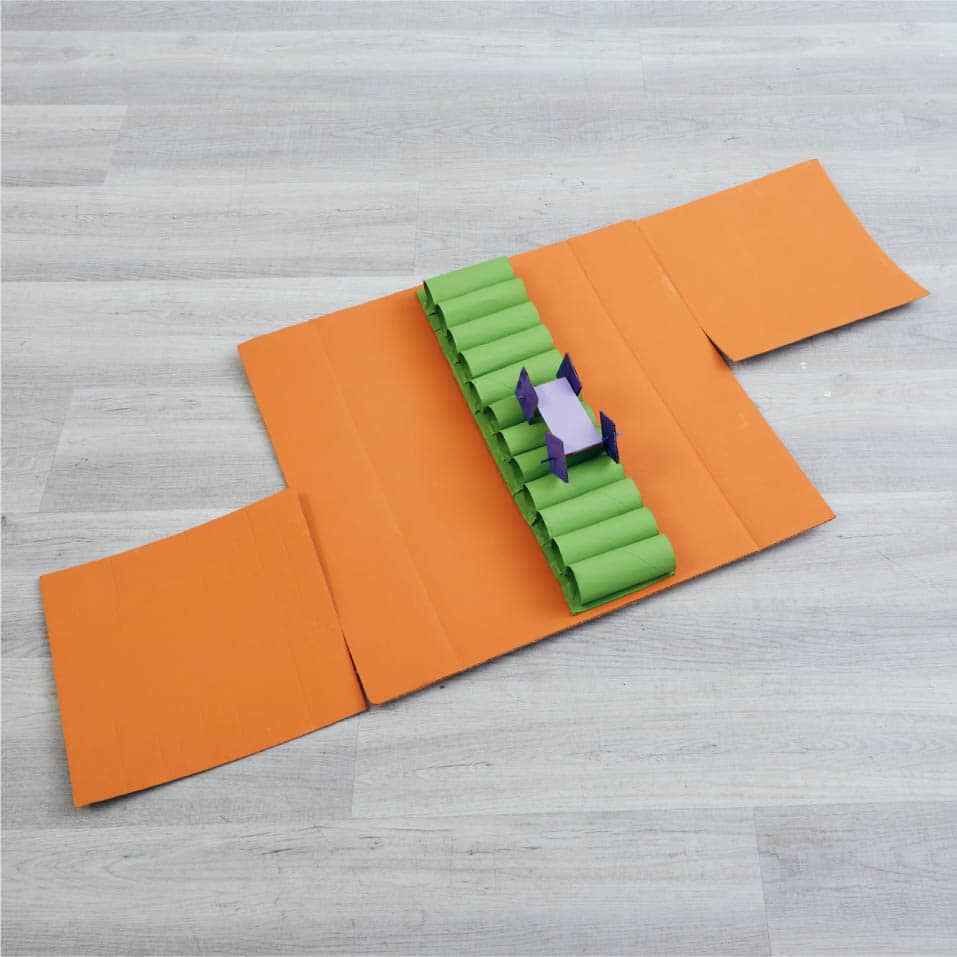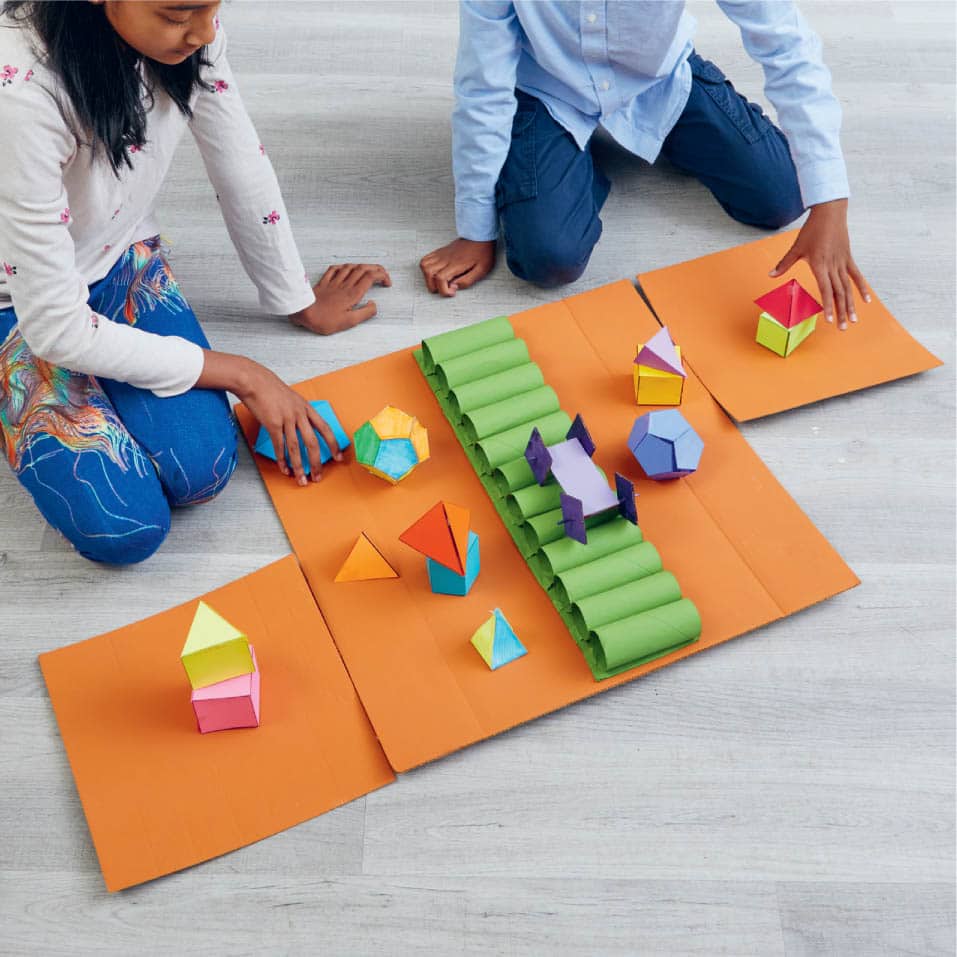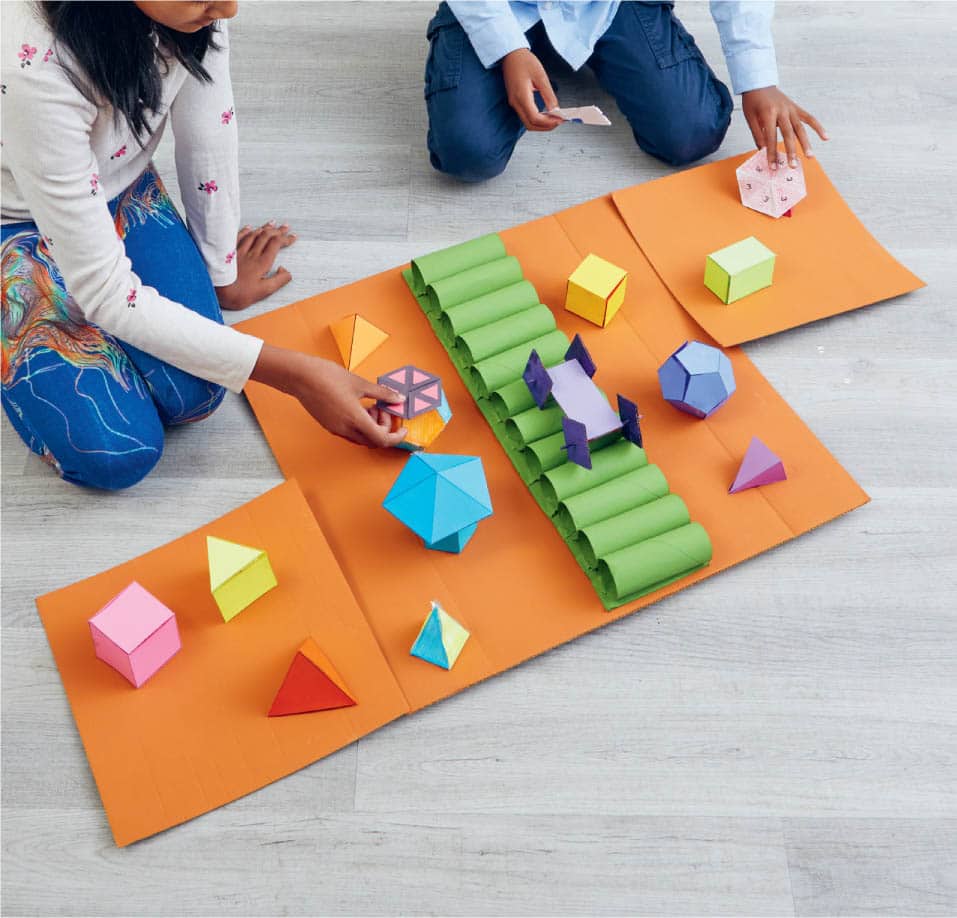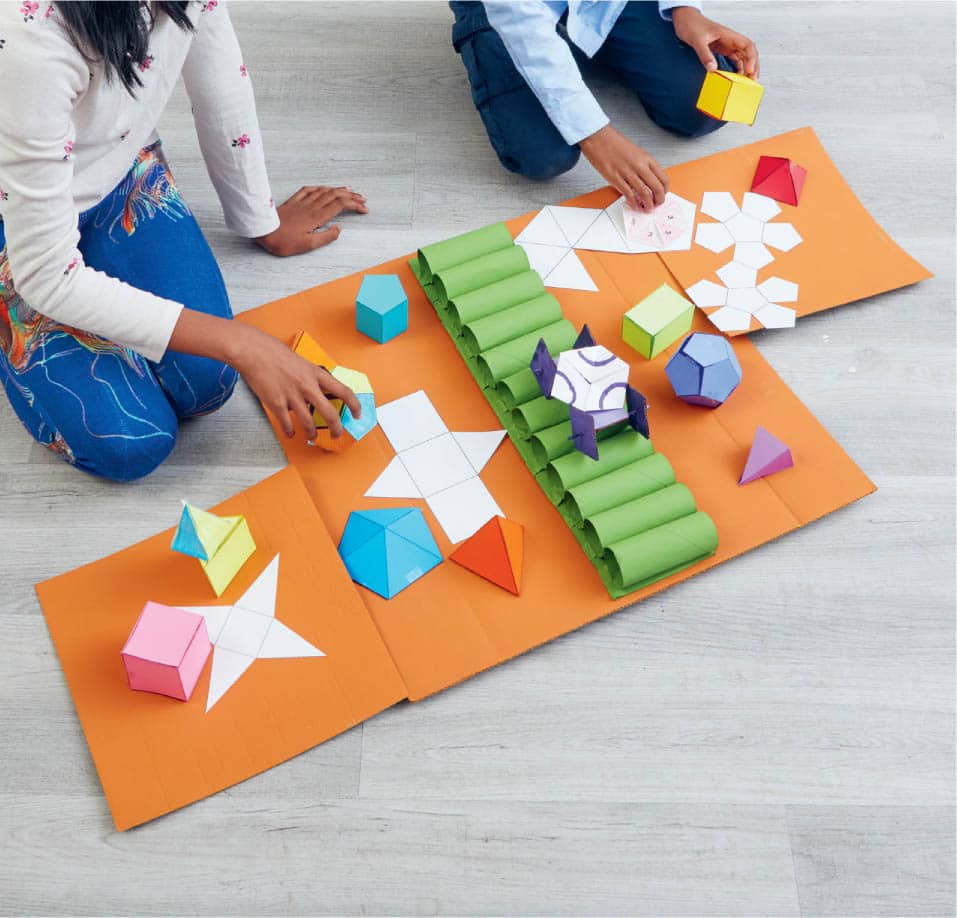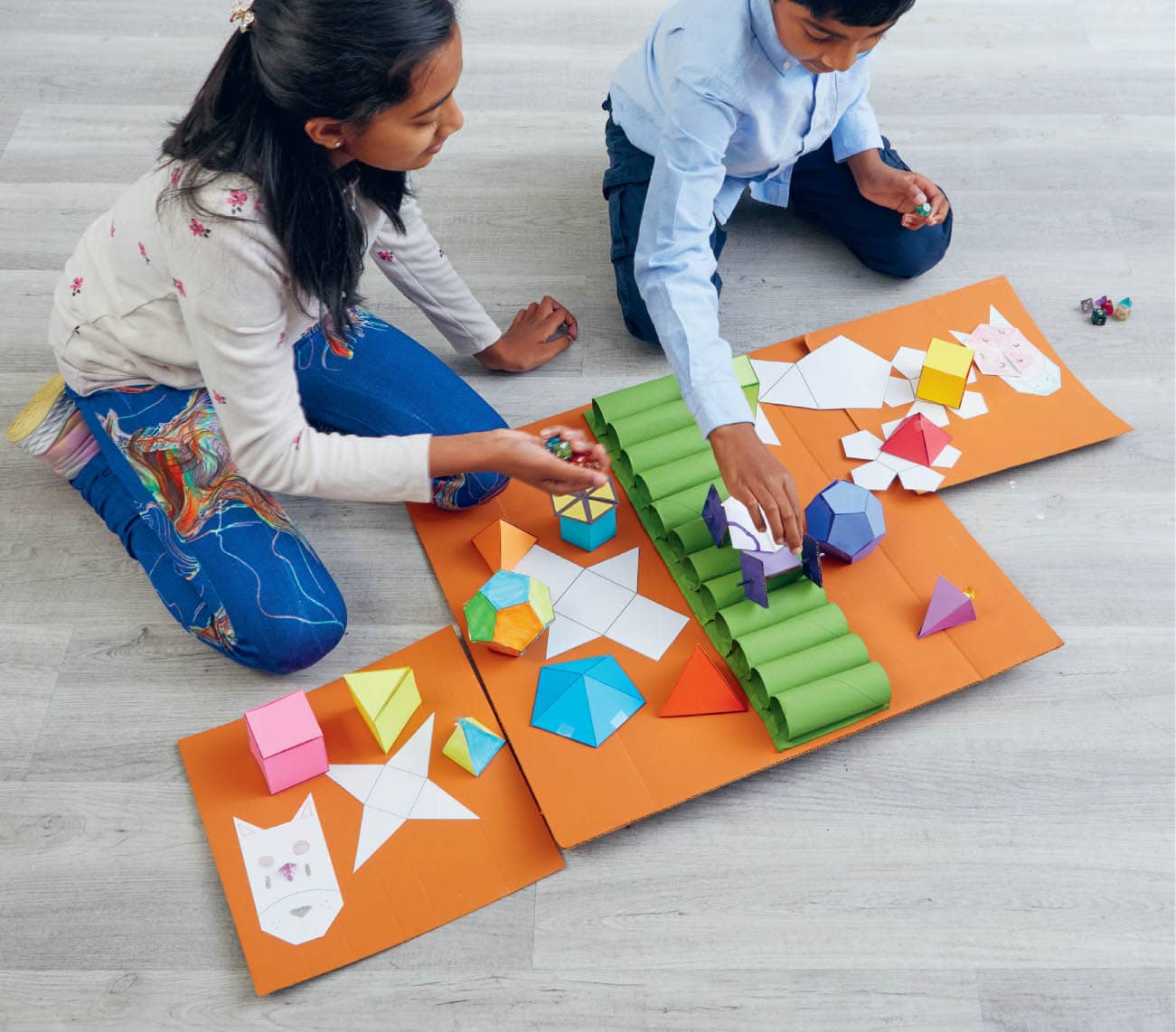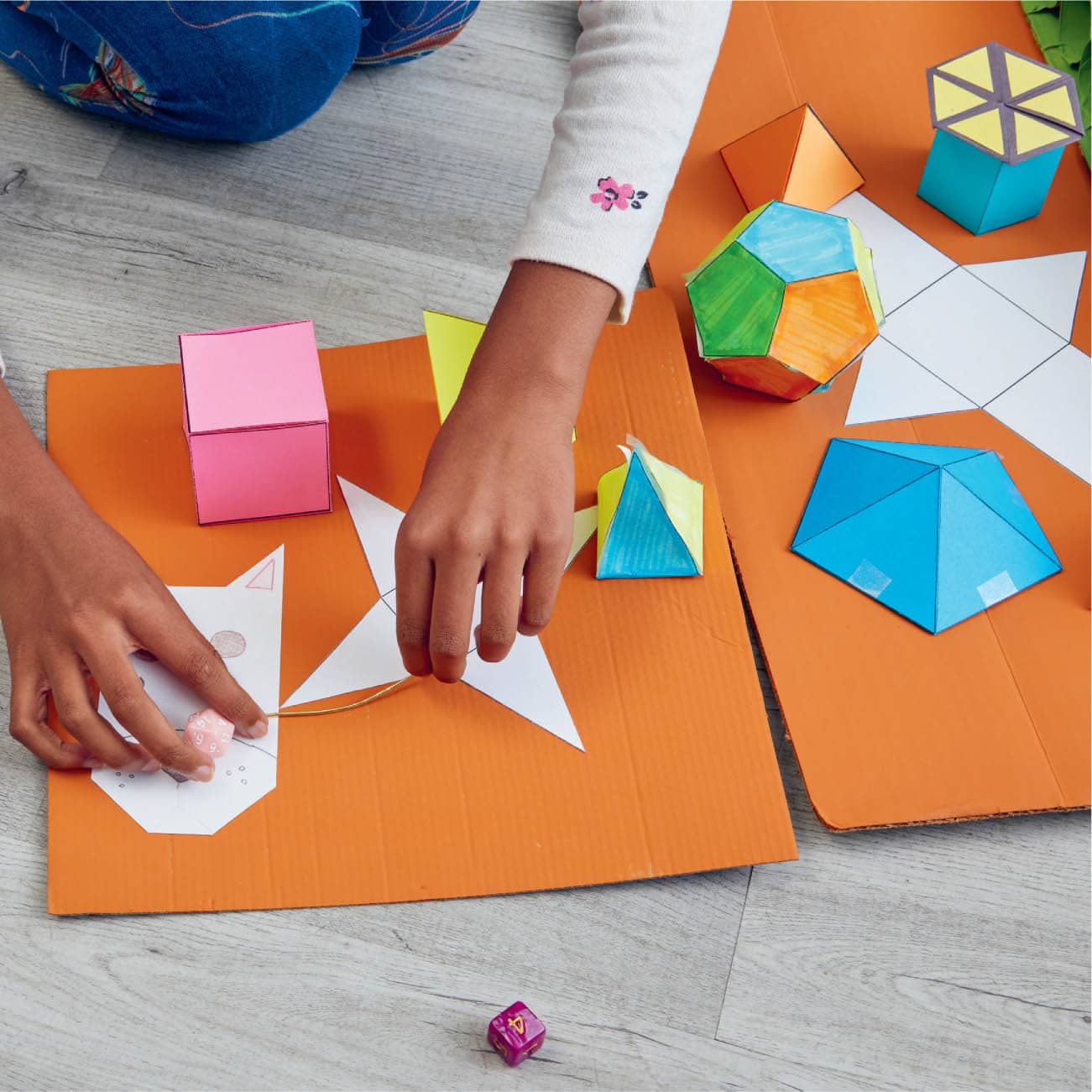Shing-Tung Yau
Born: April 4, 1949
INTELLECTUAL FAMILY
Shing-Tung Yau grew up in Hong Kong with seven siblings, one of whom became a mathematician as well! Shing-Tung began studying mathematics as soon as he could at the Chinese University of Hong Kong, later earning his PhD at the University of California, Berkeley, in the United States. Chiu Chen Ying, Shing-Tung’s father, was a professor of Chinese philosophy and greatly encouraged his son to study Chinese literature and history. Shing-Tung eventually published the essay “On Mathematics and Chinese Literature,” connecting the two.
DISTINGUISHED CAREER
Shing-Tung has held a number of distinguished positions and worked at many prestigious universities. He has spent the bulk of his career at Harvard University, where he has met and worked with many notable mathematicians, including Fan Chung, who is also featured in this book. Shing-Tung’s teaching style is extremely hands-on. He holds seminars every day for his students, while most professors only hold them once a week. Shing-Tung’s mathematical work has had far-reaching effects. A famous mathematician named William Thurston credited Shing-Tung with changing the entire direction of geometry research in just a few years. The existence theorem for Calabi-Yau manifolds is considered pivotal in modern string theory. His work is also relevant to general relativity, a key area of physics, engineering, and other applications of math.
STATELESS
Shing-Tung lived in the United States for a long time, which became a problem in 1978. He had lived in the United States for so long that he lost his Hong Kong resident status, even though he wasn’t a citizen of the United States. This left Shing-Tung “stateless” for twelve years, meaning that he wasn’t a citizen of any country! In fact, he was still stateless when he won the Fields Medal, the math equivalent of the Nobel Prize, which he mentioned proudly during his acceptance speech. He did eventually become a United States citizen.
PROMOTING MATH
Dr. Shing-Tung Yau works tirelessly to improve mathematical studies and opportunities in China. He pushed for donations to create outreach programs and conferences to spread the love and development of math. These included meetings for high school and college students, such as the “Why Math? Ask Masters!” panel in Hangzhou and the “Wonder of Mathematics” panel in Hong Kong. He cofounded a popular mathematics book series, “Mathematics and Mathematical People,” and also set up the Hang Lung Award for high school students. Shing-Tung began his outreach at the Institute of Mathematical Sciences at the Chinese University of Hong Kong. Three years later, he created his own math center called the Morningside Centre of Mathematics in Beijing. He is still a director at both and at the Center of Mathematical Science at Zhejiang University! More recently, Shing-Tung turned his attention toward Taiwan, where he created the National Center of Theoretical Sciences. He is also the founding director of the Center of Mathematical Sciences and Applications at Harvard University, a multi-disciplinary research center. And he has advised more than seventy PhD students!
AWARDS AND HONORS
Shing-Tung has won numerous honors and awards and published too many articles to count, but likely more than five hundred! He won a MacArthur Fellowship, which is commonly called the “genius prize.” In addition to being a coauthor of many textbooks, he has written a few popular solo books. Shing-Tung certainly keeps himself busy!
ALIEN CITY
Shing-Tung Yau and Fan Chung met while combining ideas from separate areas of math to make new and interesting discoveries. We will put together many of our previous projects to create a beautiful alien city on which we can play a game!
MATERIALS
- Large piece or pieces of cardboard adding up to at least 2 by 2 feet (61 by 61 cm)
- Paint and paintbrush
- Square-wheeled car and road from earlier in this book
- Three-dimensional shapes from nets earlier in this book
- Hexaflexagons from earlier in the book
- Fibonacci spiral from earlier in the book (optional)
- At least half a dozen dice, preferably in different shapes
- Ruler
- String
- Scissors
- 2 tokens
- A six-sided die
DIRECTIONS
MAKE THE BASE
1 First, we will make the base of our alien planet. For this you will need one or more large pieces of cardboard. We chose two medium squares and one large one, but you can pick different shapes if you like. Make sure there is a large center area on your planet, large enough to hold the track for your square-wheeled car. Paint your cardboard whatever color you like. This will be the natural color of your planet. We chose Mars red. Fig. 1 and Fig. 2.
2 Place your square-wheeled car and road in the middle of the city base, separating two sides of the city so there is room to put buildings on either side of the road. Feel free to paint your road and car. Fig. 3.
3 Take several of the three-dimensional nets you made earlier and place them throughout your city. These are your buildings. Feel free to add other interesting geometric shapes from projects from this book or that you find around your house too. Fig. 4.
4 Place some hexaflexagons on or around your buildings to serve as spaceships. Fig. 5.
5 Add some flat (not folded) nets as sidewalk decorations for your planet. Fig. 6.
6 If desired, put a Fibonacci spiral in the city to represent a garden or sculpture.
7 Finally, place the dice around your city. These are the geometric citizens of your new world. Fig. 7.
SET UP THE GAME
1 Measure and cut a piece of string 1 inch (2.5 cm) long.
2 Measure and cut a piece of string 2 inches (5.1 cm) long.
3 Repeat for 3, 4, 5, and 6 inches (7.6, 10.2, 12.7, 15.2 cm). Fig. 8.
4 Take all of the aliens (dice) out of your city except for two. Place these two remaining dice as far away from each other in your city as you can. The most important thing is that the aliens are on opposite sides of the road.
RULES OF THE GAME
1 The goal of this game is to get your aliens together so they can hang out. To do this, the two players each take turns rolling a six-sided die.
2 When you roll a die, you get to move your alien up to that many inches. Use the strings to help you measure.
EXAMPLE: If you roll a 4, use the string that is 4 inches (10.2 cm) long.
3 Put one end of the string on the alien and the other end in the direction you want to go. Then move the alien toward the empty end. You can always choose to stop early. You can also use one move to go in multiple directions. For example, you might go 1 inch (2.5 cm) forward, then turn and move 3 inches (7.6 cm) in a different direction. Fig. 9.
4 The aliens cannot move through buildings, so you’ll have to find a way around them.
5 After moving your alien, the other player takes a turn.
6 Continue to alternate until you reach each other.
SPECIAL RULE: Aliens cannot cross the road. That would be dangerous! Instead, when they are next to the road—that means touching it—you can use your moves to roll the car that many humps in the road (toilet paper rolls) in any direction you want. When the car is next to your alien, you can use your move to walk onto the car or across it to get to the other side of the road. Bonus points if your aliens meet in the car!
